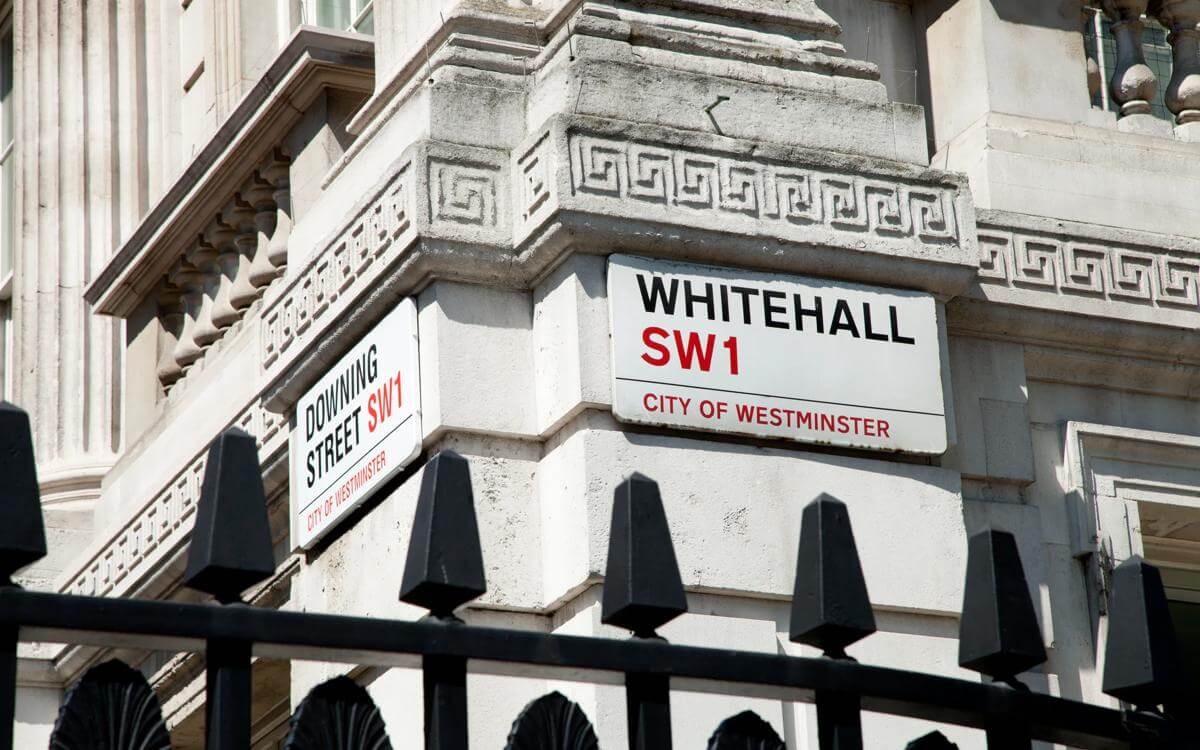
Government provides guidance on new Subsidy Control Database and the calculation of their value
As many readers are probably aware, the Subsidy Control Act 2022 (Act) finally came into force on the 4 January 2023, and now represents the law in the UK in relation to subsidy control. However, the Act is not the only piece of legislation governing the new regime; there are also a host of supplementary regulations which have been made under various provisions of the Act. This article in particular focuses on two of these supplementary regulations:
- the Subsidy Control (Subsidy Database Information Requirements) Regulations 2022 (Database Regulations)
- the Subsidy Control (Gross Cash Amount and Gross Cash Equivalent) Regulations 2022 (Calculation Regulations)
Subsidy Control (Subsidy Database Information Requirements) Regulations 2022
The Database Regulations set out what information a public authority is required to input into the subsidy database maintained by the Department for Business, Energy and Industrial Strategy (BEIS). There is a general list of information required set out in Regulation 3, which is then tailored depending on the type of subsidy being awarded by Regulations 4 - 7. For example, if the public authority is awarding a subsidy under the Minimal Financial Assistance exemption in the Act, then Regulation 5 makes it clear that only some of the information set out in Regulation 3 is required.
What is important to note is that the list of information required is more prescriptive than what public authorities currently had to upload to the database prior to the Act coming into force.
Subsidy Control (Gross Cash Amount and Gross Cash Equivalent) Regulations 2022
These Regulations provide further guidance to public authorities in determining how to calculate the value of a subsidy when it is being given by means other than grant (for example, through a loan or a guarantee). In essence it is providing similar guidance to previous European Commission notices under the State Aid Regime (such as the Commission Notice on the application of Articles 87 and 88 of the EC Treaty to State aid in the form of guarantees)
Regulation 4 makes clear that the general approach when calculating the value (or gross cash equivalent) of the subsidy is to calculate the difference between the terms on which the subsidy is given and the terms on which financial assistance of the same kind might reasonably have been expected to have been available on the market. It then goes onto provide further guidance on how the value of a subsidy in a loan or guarantee can be calculated. In summary:
- Regulation 6: Outlines criteria which, if a loan satisfies, means it has a gross cash equivalent of under £315,000 and therefore is capable of failing under the Minimal Financial Assistance exemption in the Act
- Regulation 7: Outlines criteria which, if a guarantee satisfies, means it has a gross cash equivalent of under £315,000 and therefore is capable of failing under the Minimal Financial Assistance exemption in the Act
- Regulation 8: This sets out a method of calculation which can be used to create a proxy market interest rate for a loan, and may be useful for public authorities if it is not possible to find real-world comparable market rates.
- Regulation 9: This sets out a method of calculation which can be used to create a proxy market premium for a guarantee, and may be useful for public authorities if it is not possible to find real-world comparable market prices.
Contact

Karl Edwards
Senior Associate
karl.edwards@brownejacobson.com
+44 (0)3300452997








































